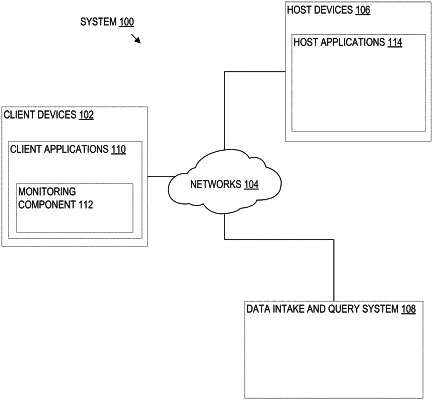| CPC G06Q 10/06393 (2013.01) | 20 Claims |

|
1. A method comprising:
inputting, by a computer system that comprises a processor, metadata specifying a plurality of personas, wherein each of the personas is a meta-role defined to correspond to at least one of a job function, a business deliverable or a business objective, of personnel of an enterprise, and wherein the plurality of personas are for controlling access to information by a plurality of end users;
receiving, by the computer system, first user inputs from at least a first user;
in response to the first user inputs, associating, by the computer system, a plurality of roles with the plurality of personas, the plurality of roles being distinct from the plurality of personas, wherein the plurality of roles are for controlling access to information by the plurality of end users;
receiving, by the computer system, at least a second user input specifying an association between an end user of the plurality of end users with a persona of the plurality of personas;
in response to the second user input, associating, by the computer system, the end user of the plurality of end users with the persona of the plurality of personas;
generating, by the computer system, a plurality of user interface screens for a software application to enable the plurality of end users to input or view data; and
controlling, by the computer system, access to the plurality of user interface screens based on the plurality of personas and the plurality of roles.
|